All You Want to Know about the Solid-State Disk (SSD) can be Learned Here
Preface
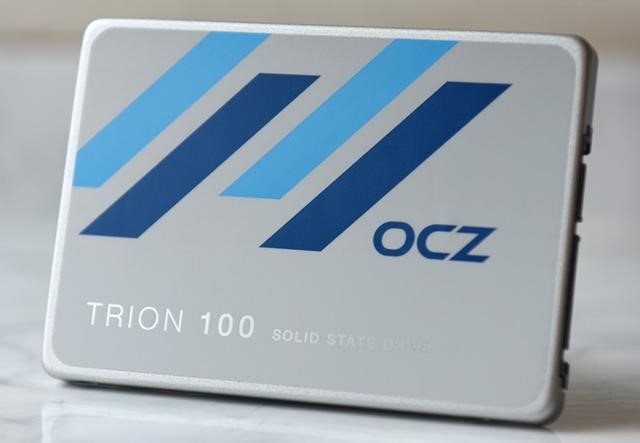
Solid-state drive (short for SSD) is no longer a new thing. No matter for manufacturers selling computers online or those who choose to purchase accessories and build their computers by themselves, most of them will take SSD as the first choice. As for hard-disk drive (short for HDD) is usually used as a warehouse disk.
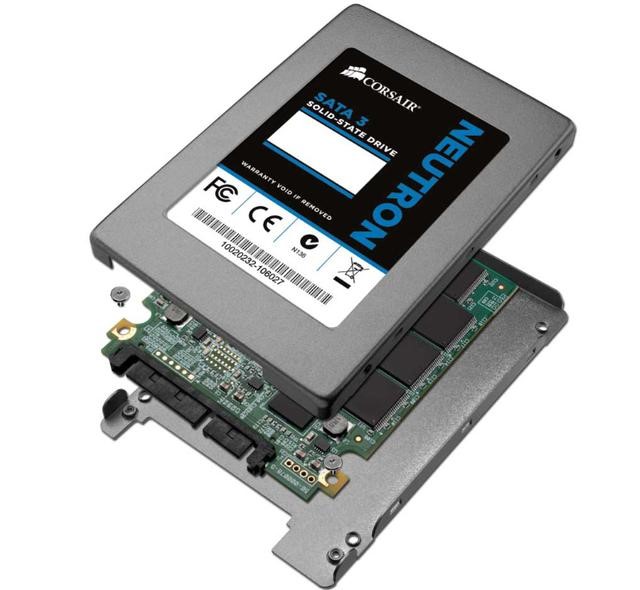
To make it easier to understand, we can compare these two kinds of hard drives in tabular form (take a 2.5-inch product as an example), and then give an explanation of SSD.
From the form, we can see that, excluding the price factor, SSD has absolute advantages. This is mainly caused by their different ways of storing data.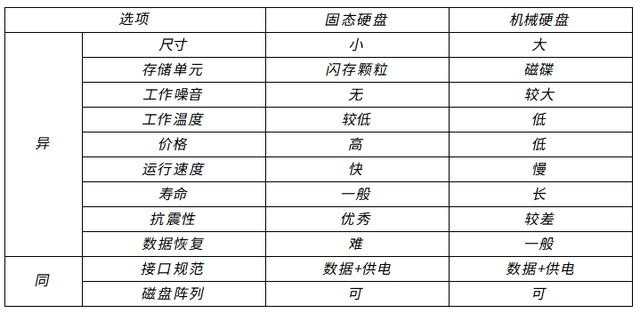
Text
After the general introduction of SSD, now we will tell you more details. For most PC (personal computer) hardware, there is more than one industry-recognized classification standard. Different dimensions can help you with your understanding.
Classification Standard 1: Interface Form
According to this standard, common SSD can be classified into there categories: SATA interface, M.2 interface and PCIE interface.
Under the assumption that other conditions are the same, the conclusions below can be drawn by controlling the variables (types of interface).
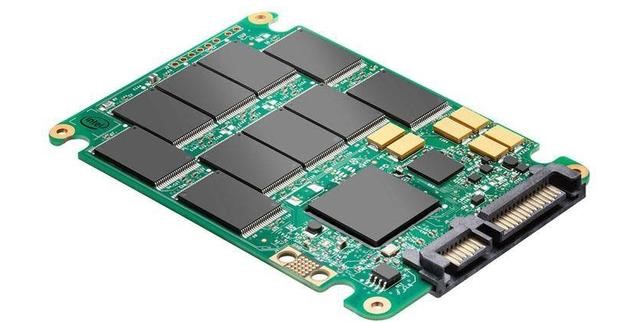
1.There is no difference between 2.5-inch SSD with SATA interface that is the initial form form of SSD production and existing HDD at present, both of which are with a power supply interface and a SATA3.0 data interface.
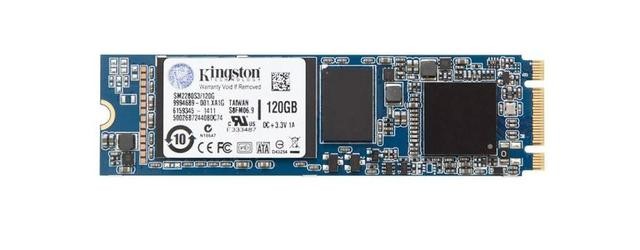
2. SSD with M.2 interface is a favorite product of many computer manufacturers in recent years because it is smaller and easier to install than the 2.5-inch one. The only thing we need to do when using it is plug it directly into the motherboard interface and fix it with screws.
One thing to note is that the M.2 interface supports both SATA and PCIE channels. Occupying the motherboard SATA bus, it works as pretty much as the former SSD. It has better performance only when it use the motherboard PCIE bus, so you must be very careful if you are going to buy one.

3. PCIE interface SSD is the top product of the current desktop SSD, with the theoretical transmission speed 3-6 times higher than the SATA interface SSD, better performance and larger capacity. As that, its price is also higher.
Classification Standard 2: Particle Type
As Intel officially launched its own QLC SSD products 660P and 760P, the type of the storage particle of SSD has once again entailed extensive discussion. The last time when we had a so lively discussion on this topic can be back as Samsung introduced the world's first TLC SSD 840 more than six years ago.
The following content is also based on the default situation where there is the same number of storage cells in every SSD.

SLC (Single-Level Cell) is the form when SSD first came to the world. Each storage unit stores only the potential of 1bit, that is, this cell has only two states, that is 0 and 1. Although SLC particle is the precursor of SSD, it is also the fastest, the most stable and the most expensive product with the longest life expectancy and the least capacity under the same conditions. Because of these characteristics, SLC particle is not used personally any longer, but is the first choice for enterprises.
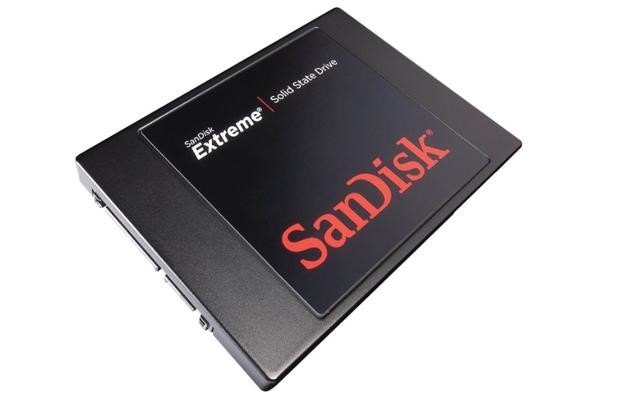
2. The emergence of MLC was of revolutionary meaning, heralded that finally SSD was available to common players. It name infers that each storage unit stores the potential of 2bit, which means there are four states, including 00, 01, 10 and 11. Thanks to this improvement, the data capacity has been expanded a lot. It is featured with the high speed, a long life circle, stability, medium capacity and a bit higher price, which gave the MLC particle the name - SSD. Pitifully, MLC products are no longer in the list of users’ first choice because of its high cost of production and wrong positioning of price.

3. TLC (Trinary-Level Cell) is also a revolution. If Samsung did not force the price of its TLC products to the MLC price range many years ago, I believe that there will not be so many users who get a cold shoulder to the TLC particle today. Of course, this situation is also connected to the poor performance of the particle control and the main control chip in the early TLC products. As for the TLC products, 3 bits can be stored in each storage unit, so each cell has a total of eight states of 000, 001, 010, 011, 100, 101, 110, and 111. TLC particle is general in speed, life expectancy and stability. But it features in large capacity and its price is user-friendly. As 3D NAND technology is available and the master chip increasingly gets improved, TLC has its unique status in the SSD market.
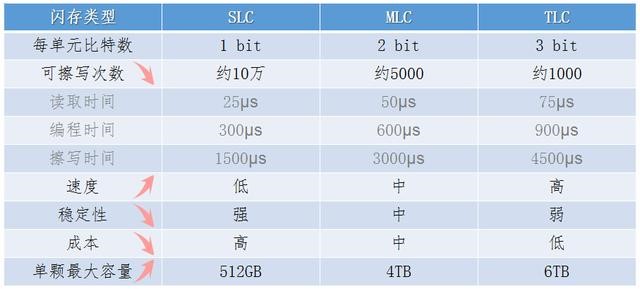
4. About QLC (Quad-Level Cell) related features- each unit to store 4bit information, a total of 16 states, I believe that some students are so smart that they have summed up on their own after the above explanation. QLC has great advantages in capacity, read and write speed, and long life circle.
As a new thing, patience and challenge are needed for the development of QLC. If its products can make a difference in lowering the price range of SSD, a remarkable progress can be made in the circulation of SSD.
The Intel 660P products are representative.
Classification Standard 3: Transmission Protocol
In the above, we mentioned that SSD will have different bus occupations. For this part, you can understand it more clearly if you have the knowledge about the transmission protocols of hard disk products. The so-called transmission protocol can also be called transmission specification and transmission standard, which means the way of data transmission.
1. The IDE protocol is about HDD and outdated, so there is not necessary for discussion.
2. Although the AHCI protocol performs better, it was also born for HDD, and we also will not discuss it further.
3. SATA protocol is the most widely used transmission protocol. It has faster transmission speed, high execution efficiency and hot swap. Most of the hard disks on the market still use SATA protocol. At present, SATA 3.X has basically met all the needs of the civil market.
NVMe protocol is a transmission protocol specially developed for flash memory products. It is the optimal solution for the current SSD product transmission protocol, which can fully exploit the performance of SSD products while reducing latency. It is the preferred protocol for SSD with M.2 interface. Its read and write speeds under the same conditions are basically about 3 times that of the SATA protocol.
The Most Exciting Moment
Raytine, one of few producers who totally are on behalf of customers’ benefit, has been developing in assembling computer with fast yet steady pace.
The Company has launched a large amount of assembled computers and made impressive success. If you do not know a lot about the hardware, but want a perfectly-assembled computer with lower expanse, Raytine is your best choice.
What we recommend you is the lasted listed computer - A857, the new product of Raytine ROG series.
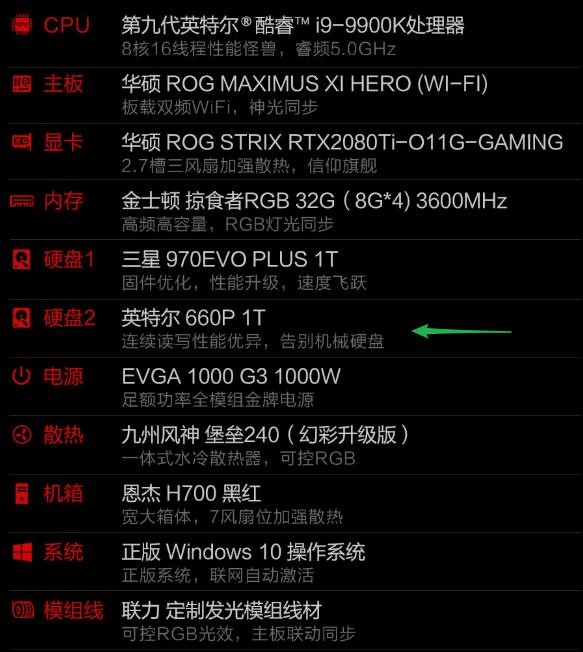
The second hard disk in the above picture is the new QLC product we have mentioned above. It is the great combination of Intel 660P, NVMe protocol, and SATA interface, with read and write speed up to over1500 MB/S.
